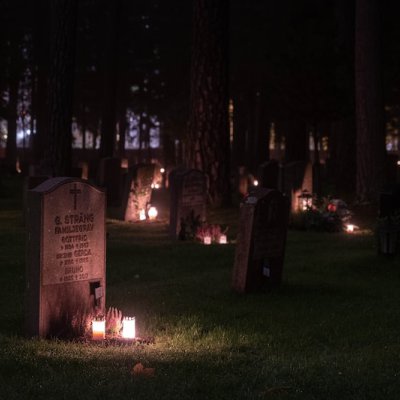kedu
- Ejemplos
Hartmann, administrador holandés de la región de Kedu, continuó el trabajo de Cornellius y en 1835 el monumento fue completamente desenterrado. | Hartmann, a Dutch administrator of the Kedu region, continued Cornelius' work and in 1835 the whole complex was finally unearthed. |
Durante esta época muchos monumentos budistas e hindúes fueron construidos en las llanuras y montañas alrededor de la llanura Kedu. | It was during this time that many Hindu and Buddhist monuments were built on the plains and mountain around the Kedu Plain. |
Nieuwenkamp, formuló una teoría en que la llanura Kedu fue un lago y Borobudur representaba una flor de loto flotando en este. | Nieuwenkamp, developed a theory that Kedu Plain was once a lake and Borobudur initially represented a lotus flower floating on the lake. |
Hartmann, administrador holandés de la región de Kedu, continuó el trabajo de Cornellius y en 1835 el monumento fue completamente desenterrado. | Christiaan Lodewijk Hartmann, the Resident of the Kedu region, continued Cornelius's work, and in 1835, the whole complex was finally unearthed. |
Según un mito local, el área conocida como llanura Kedu es un lugar sagrado y denominado 'el jardín de Java' debido a su alta fertilidad. | According to local myth, the area known as Kedu Plain is a Javanese 'sacred' place and has been dubbed 'the garden of Java' due to its high agricultural fertility. |
Palabra al azar
¡Tirar los dados y aprender una palabra nueva ahora!
¿Quieres aprender inglés?
¡Aprende inglés gratis!












